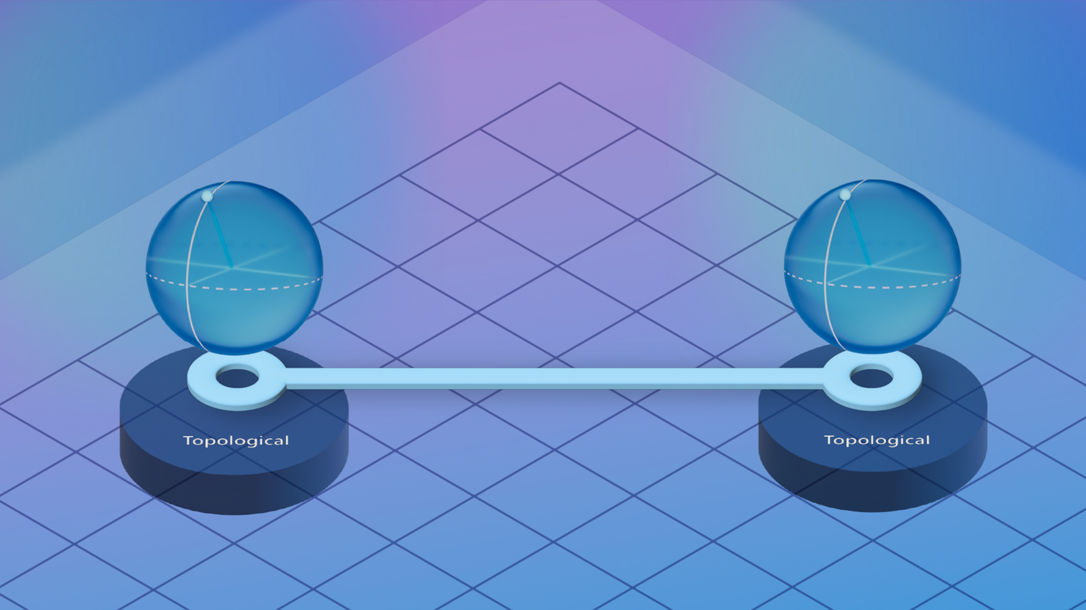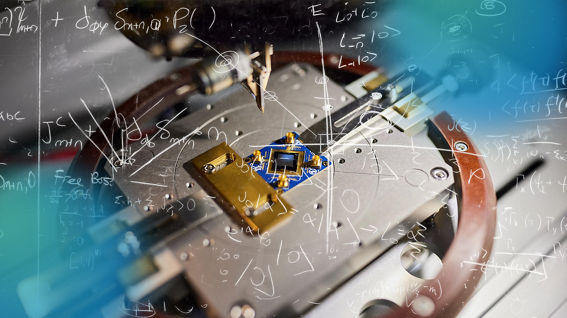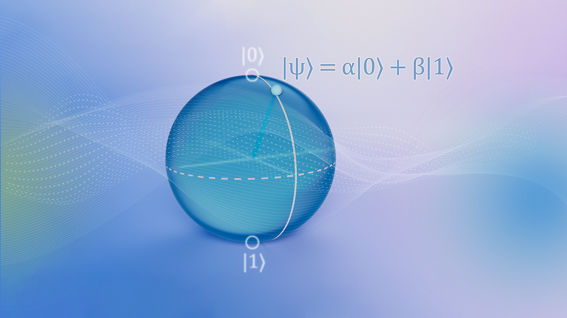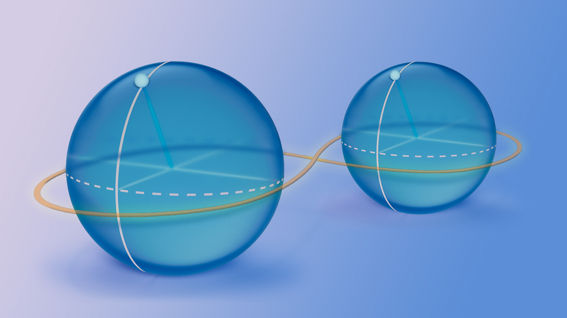A quantum machine capable of solving challenging scientific and commercial problems will ultimately require at least one million stable qubits that can perform one quintillion operations. It will also require error rates much less than 1 in 1000. Current quantum computing systems, however, have qubits that range in the hundreds, and error rates ranging from about 1% (1 in 100) to 0.1% (1 in 1000).
Microsoft believes that quantum computers based on topological qubits are a promising path to scaled, low-error quantum computing. Unlike current qubit implementations, which are often based on elementary particles such as ions, electrons or photons, topological qubits are based on a topological state — or phase — of matter. Topological qubits are theorized to be more stable than any other qubit engineered to date because quantum information is stored in the topological properties of a physical system rather than in the properties of individual particles or atoms. Microsoft is building topological qubits that store quantum information in the two ends of a superconducting nanowire. These qubits are less sensitive to noise at either end individually. Microsoft’s recent paper shows measurements and analysis that demonstrate this topological phase in devices that will form the basis of a qubit.

Majorana zero modes
The basic structure of a topological qubit places a suitable semiconductor nanowire in close proximity to a superconductor. Due to the proximity, the semiconductor nanowire also becomes superconducting and under the right conditions (including an appropriate magnetic field along the wire and voltages applied to the device) the semiconductor nanowire enters the topological phase.
The topological phase is characterized by the presence of so-called “Majorana zero modes” (MZMs) at each end of the wire and an energy “gap” in the rest of the wire, where the gap is a region of energy or voltage with no allowed quantum mechanical states. MZMs are predicted to appear in the topological phase due to Majoranas carrying current in the wire (Majoranas are their own anti-particles). The MZMs allow current to flow freely in the wire and show up as enhanced conductance with no voltage. The energy gap (“topological gap”) in the remainder of the wire also arises and protects the current-carrying Majoranas from local noise and disturbances. Microsoft has created a topological gap protocol (TGP) to detect both of these effects in device measurements.





